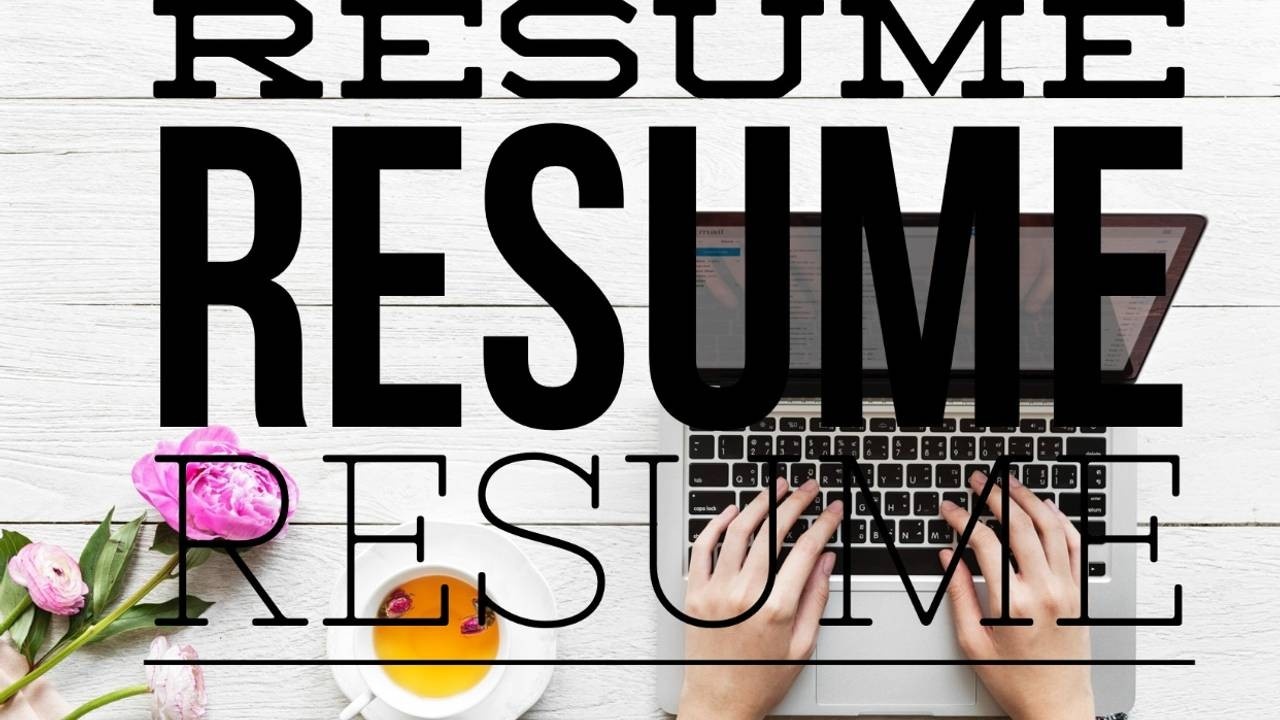Your Resumé Questions Answered

Back in the day when writing a résumé required thoughtful precision (no spell check), a trip to the library (no company Google searches), expensive “bond” paper and envelopes – plus postage – the economics of time and money begot frugality. We sent résumés selectively and infrequently. My, how things have changed.
A hiring manager’s job back then was to read (yes, actually read) each submitted résumé to determine a candidate’s fitness for a position. Not any more.
With the advent of easy point and click résumé creation and mass distribution, the hiring manager’s job has evolved from looking for good résumés to seeking out the bad ones. Where a manager in 1993 might receive 25 résumés for a job posting, his contemporary in 2018 might receive 2500. So, before she can review résumés, today’s manager needs to whittle the pile down to a manageable number.
As a result, the challenge for today’s candidate is to create a résumé that makes it into the review file and not the circular (i.e. trash) file.
In an effort to create the best résumé, many job seekers consult hiring managers or HR professionals for input. This itself can be daunting: ask 20 unique employers or hiring managers about résumé preferences, and you’ll get 20 unique pieces of advice.
The fact is, your résumé will never please every hiring manager’s personal preference, but it should meet these four universal expectations that all hiring managers can agree on:
Format: The three customary and accepted résumé formats are Reverse Chronological, Functional, and Combination. Reverse Chronological is most commonly preferred because it is easily navigable and ‘tells’ your career ‘story’ best.
Layout: A good résumé is easy to read and navigate. It is well-organized with predictable, logical flow, delivered in clean, readable (>10 points) fonts, with generous spacing, and economy of words.
Content: Résumés should include meaningful, relevant (to the job at hand) content communicated in clear, active language with a focus on measurable accomplishments not responsibilities. Spelling or grammatical errors are inexcusable.
Currency: Good résumés are topical and timely using industry-appropriate language and relevant keywords, customized when possible. They employ technology (e.g. live links) and graphics (text boxes, bullets) to underscore the résumé’s content.
These are just the basics – but you’d be surprised how often the basics aren’t followed. I have rescued countless clients by re-writing their résumés (many of which were created by “professional” résumé services!) Beyond poor writing or careless formatting, the biggest mistake résumé-writers make is a lack of preparedness.
A compelling résumé requires a strong foundation of self-knowledge, clarity of purpose, and a clearly identified and understood audience. Most of the clients I see haven’t done, or even considered doing, this essential foundational work. It is such important work that Kelley and I dedicate most of the first three Modules to it in our Prepare to Launch U course.
Once we get to the Résumé lesson in Module 5, students, confused by the competing information in the marketplace, have lots of questions. Here are the ones most commonly asked, along with their answers:
1 or 2 pages?
Either is fine, but better a 2-page résumé that is easily readable than a 1 pager that’s crammed. If you have worked 10+ years, a 2-pager will be likely. Let readability be your guide. (Three pages is never acceptable).
Which fonts? point size?
Generally, you should use a sans serif (no curly-qs) professional font – which gives you many options: Arial, Calibri, Helvetica, Trebuchet, Verdana, etc. (all MAC, PC compliant). 10-12 points is standard, with 14-16 acceptable for headings.
Color?
Blue for live URL links; color for shaded text boxes and/or headings, but otherwise black on white.
Customized?
Yes, if it is convenient to do for a highly qualified opportunity – but, in general, you should write a good, solid resume that is portable. Once it leaves your hands, you no longer control where it goes, so it should have a relatively broad appeal.
Paper?
Print your résumé on paper to edit it (you’ll catch things you miss on a screen) and to bring hard copies* to an interview. *Use heavier white paper (30#) so it stands out and holds up.
File type?
Always send your résumé as a .pdf. file, never a .doc file. Only that way are you assured it will look on the hiring manager’s screen or printer as it does on yours.
Hide Dates?
This is a tricky one. Age discrimination is becoming less of an issue but it still exists. You may not want to go back beyond 25 years, but, if in doing so, important/relevant experiences are omitted, not reporting those years may hurt more. There are creative ways to conceal age, but in the end, a) a good recruiter or hiring manager will pick up on them and b) a good candidate doesn’t need them because s/he can overcome the age issue. Trust your gut. If your early experience advances your case for a job, include it. If it doesn’t, don’t.
When new clients first connect with me it’s often for résumé help. Whether she is re-entering the workplace after 20 years, or he is looking to radically reinvent himself in a new field or position, new clients are convinced that simply sprucing up a dated résumé is the ticket to landing that next great job.
It’s true. Even with increasingly more digital and online content, the traditional résumé still plays a large role in job searching and job selection, and it’s important to create a strong one by following rules like those provided above.
But, it’s the work you do before and the work you do after writing the résumé that is most important.
Without a strong foundation for creating it, and a strategic networking plan for distributing it, your résumé is just another small piece of paper in a really big pile.
